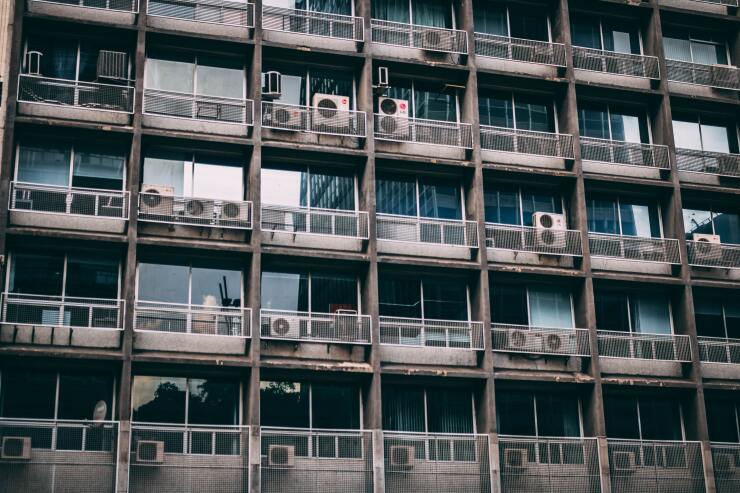Every industry has felt the brunt of the U.S. labor shortage, with 4.3 million Americans quitting their jobs in August alone.
Skilled in installing, repairing and maintaining heating, ventilation and air conditioning equipment and systems, HVAC technicians make up approximately 325,000 laborers in the U.S workforce, according to Bluon, a tech support platform and digital training hub for HVAC workers. But while it’s estimated that this industry’s value will increase by $7 billion by 2025, Bluon foresees the industry being short 100,000 technicians.
“An overarching misconception is that technology and automation are going to decrease the need for talent,” says Peter Capuciati, founder and CEO of Bluon. “That’s not true because at the end of the day, all of the equipment needs hands-on maintenance.”
Read more:
Capuciati points out that the HVAC industry is unique since the lifespan of the equipment can be stretched up to 40 years. Not to mention, badly maintained equipment could mean a substantial waste of electricity and added CO2 emissions. For example, after testing 10,000 units, Bluon found that 90% were running at least 30% less efficiently than they should, resulting in 30% or more of electricity wasted.
“By my account, if technicians do their job well, they have more ability to affect environmental damage and climate change than any other labor group,” says Capuciati. “There are so many new technologies and new systems, but almost nobody is paying attention to maximizing the efficiency of how it runs.”
Capuciati estimates that one good HVAC technician could mean the difference between plus or minus 10,000 metric tons of CO2 per year (in comparison, a typical vehicle emits 4.6 metric tons of CO2 per year) and says a shortage of talent in this industry could translate into environmental setbacks.
Read more:
This particular workforce has been at a disadvantage since a decline in vocational education, beginning in the 80s and 90s, led to a nationwide drop in skilled workers and tradespeople. Now, in the wake of a fresh labor shortage, Bluon has turned its focus to ensuring the current HVAC workforce has information and training at its disposal.
Bluon’s app offers a database on HVAC units, manuals and a 24/7 technician support line. Capuciati notes that two different sets of age groups work in the industry and do not have the same relationship with information and training. Older generations have gone to vocational school and taken classes where they memorized information — Gen Z will have a different approach.
“The younger generation doesn’t want to memorize a million things — they want to know a million places to go and find information,” Capuciati says. “They want an index, and the HVAC industry hasn’t figured that out yet.”
Read more:
The company is also working to correct a loss of mentorship within the industry. With union membership dropping 20% since 1983, according to the Bureau of Labor Statistics, it’s become more challenging for new workers to find support and guidance. Part of revitalizing this industry will revolve around rebuilding community and educational resources, Capuciati says.
“The market is desperate for more skilled labor but that’s not going to happen overnight,” says Capuciati. “In the meantime, we can give our current skilled labor the tools to be more productive.”






